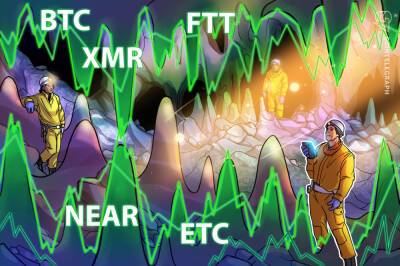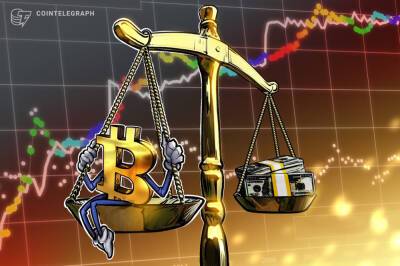‘I can’t move my car’: Americans struggle as vehicle expenses rise
At the Lehigh Valley Mall, on the outskirts of Allentown, Pennsylvania, Tony Saba is already feeling the impact of the rising cost of gas.
“The price is going up to hell,” he said. “I cannot move like before. My car is in my garage. I can’t move it because I have no money.”
Saba, a 70-year-old retiree, used to drive to the mall. He doesn’t go in any of the shops or restaurants – he just likes to sit in the comfy armchairs and chat with his friends.
Now his car is out of commission, and he still wanted to come to the mall. But the bus takes too long, and is too expensive. So he called a friend, who picked him up.
Saba’s story, in a nutshell, illustrates the problem many in America face. Owning and operating a car is getting more and more expensive as the oil price rises. The Russian invasion of Ukraine – and a resultant ban on Russian oil – will probably make things worse. But the US’s largely ineffective public transport means Americans have little choice but to use their cars. In the majority of the US, Americans need their vehicles to work, shop, study and survive.
It’s a reliance that dates back decades.
“In the US we really saw an increase in automobile use in the post-world war two period, the baby boom generation. At that point in time, we had this new availability of relatively inexpensive mass-produced automobiles, this is the first time that people from middle income households can purchase a motor vehicle,” said Gregory Rowangould, the director of the Transportation Research Center at the University of Vermont and an associate professor in civil and environmental engineering.
“And at the same time you have soldiers returning from world war two, starting families, we have a huge population boom, so there’s also a need
Read more on theguardian.com


 theguardian.com
theguardian.com

















